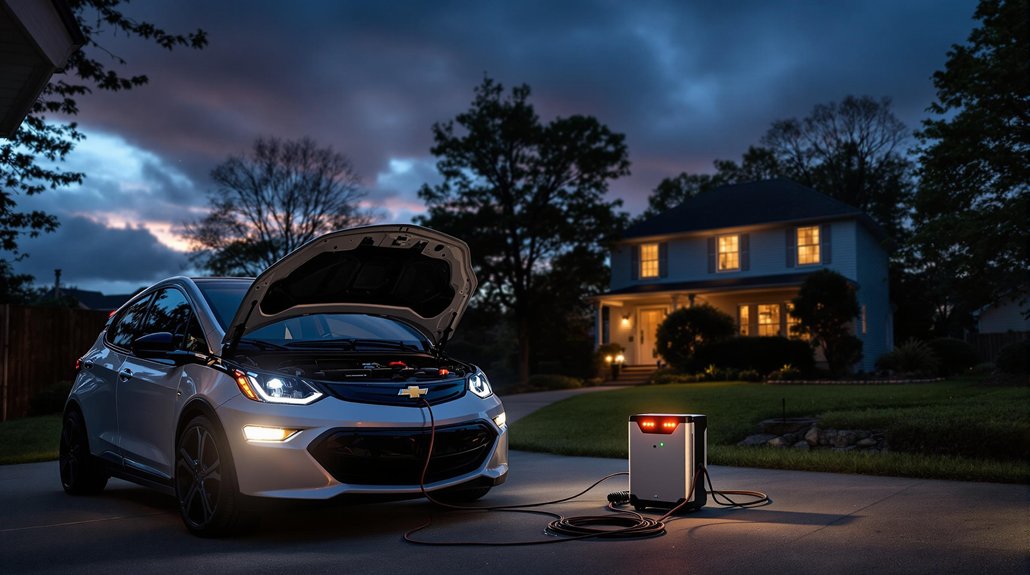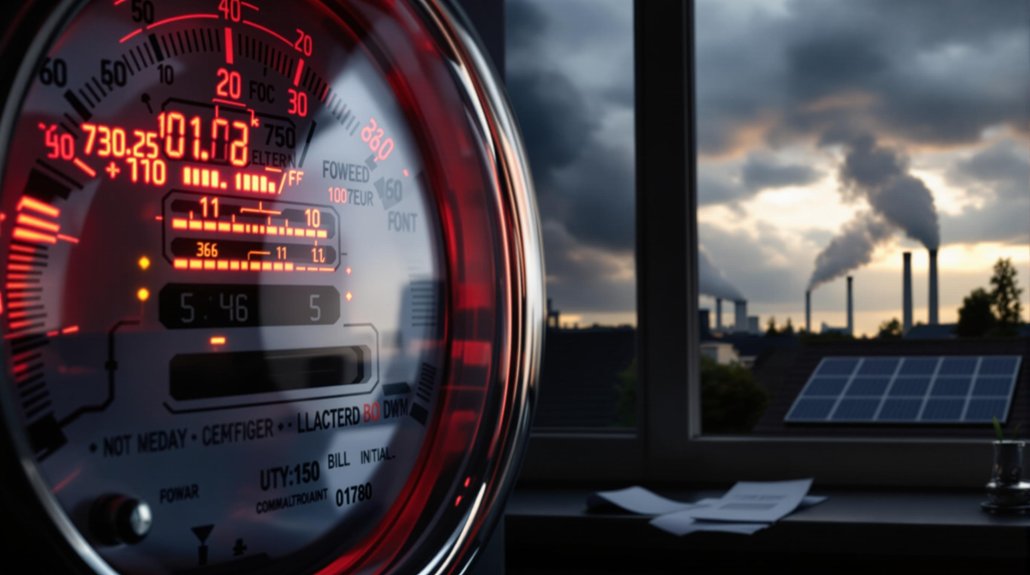Heat pump-specific electricity rates could revolutionize adoption rates. Flat pricing scares homeowners with potential winter bill spikes, erasing that sweet $370 annual savings. Specialized rates with winter discounts (like Minnesota’s impressive 35% markdown) make all the difference. Utilities win new customers, homeowners slash heating costs, and the planet gets fewer carbon emissions. Talk about a win-win-win situation. The numbers don’t lie—but your utility company might not volunteer this information.
Why are so many homeowners still hesitating to make the switch to heat pumps? Here’s the dirty little secret: flat electricity rates are killing adoption. Seriously. While modern heat pumps are 2-4 times more efficient than traditional furnaces, many potential converts get scared off by scary winter electric bills. It’s math, people.
The numbers tell a clear story. Households can save an average of $370 annually by switching to heat pumps. Those using oil, propane, or electric resistance heating could pocket up to $1,000 yearly. But here’s the kicker – flat electricity rates can increase operating costs by an astounding 44%. That’s where tailored rate designs come in. With residential electricity rates increasing by 6% since 2022, the financial benefits of heat pumps are being further eroded for many consumers.
The math doesn’t lie: heat pumps save money, but flat electric rates are sabotaging their true potential.
Heat pump-specific rates are a game-changer. These specialized rate structures include winter discounts, time-of-use options, and demand-based rates that reward efficient operation. Maine residents already see lower monthly bills over the course of a year. Minnesota’s 35% winter discount considerably reduces electric heating costs. Not all states are winning, though. Colorado’s measly 10% discount? Insufficient. Connecticut’s high electricity rates? Don’t even get us started.
Utilities actually benefit from these specialized rates. They’re revenue-neutral while attracting new customers. Smart move. Regulators and utilities should implement these rates while adhering to cost principles. Critical winter discounts are non-negotiable for offsetting seasonal spikes.
Beyond rate redesign, the industry needs to address other barriers. Contractor education on proper installation. Carbon pricing to level the fossil fuel playing field. Clean heat standards. The Department of Energy confirms potential annual savings of up to $400 by switching to heat pumps. Federal tax credits covering 30% of installation can significantly reduce upfront costs. Grid infrastructure investments that don’t burden ratepayers.
The technology is ready. Cold climate heat pumps operate efficiently even in sub-zero temperatures, with an average Coefficient of Performance of 3.09 during heating season. That’s 53% less energy than direct gas heating. Pretty impressive.
The market is shifting toward heat pumps for both space conditioning and water heating. By 2030, an estimated 35% of households will be on time-varying rates. The future is electric. But without rate reform, we’ll be waiting a lot longer to get there.








